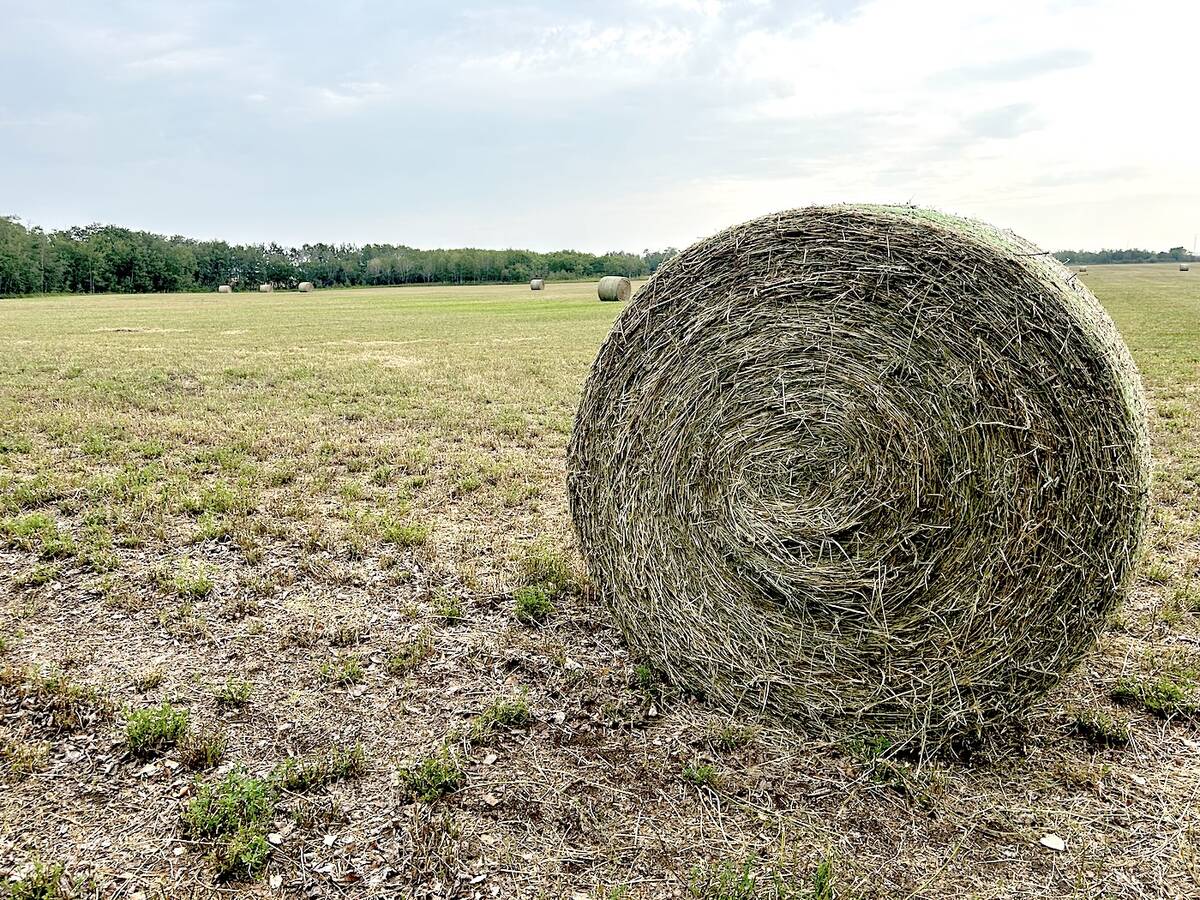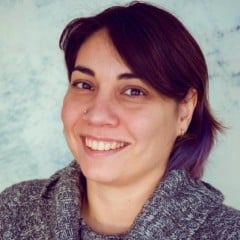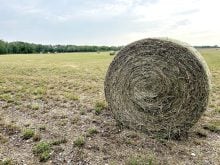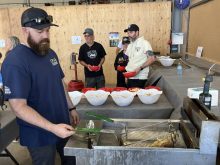If you ever had any doubt, the numbers prove it. Canola on canola is not a good idea.
Alberta Agriculture oil-seed specialist Murray Hartman has tracked 48,000 farmer reports over nine years to the Alberta Financial Services Corporation (AFSC). These cover the insured canola grown in the province, which is equivalent to about two-thirds of the canola crop. “This is a pretty good sample of what actually happens out in the field,” Hartman told a recent canola update meeting.
The records confirm that shorter rotations result in yield losses for all five soil zones in Alberta.
Read Also

Alberta has adequate feed supplies going into winter
Hay yields across Alberta were varied, but one expert says feed supplies are in strong supply for Alberta producers for the upcoming winter.
In the black-dark grey western soil zone, the highest- yielding area for canola grown in the province, the “every second year” rotation is the most popular, but canola on canola is becoming more common.
“These are very tight rotations. Yield-wise? I’ve been in this part of the world where guys swear that they get just as good a rotation of canola on canola and I don’t see it,” Hartman said. “From all these hundreds of records of canola on canola, it’s average to poor and it seems to be getting worse and worse.”
Hartman said that some years, the one in two rotations don’t seem to be that bad. “In some cases, the one in two, if managed properly, can be a sustainable rotation.”
More on Murray Hartman’s rotation study is available in Yield Alberta. If you do not have a copy, it’s available under the digital editions section at www.agcanada.com.















